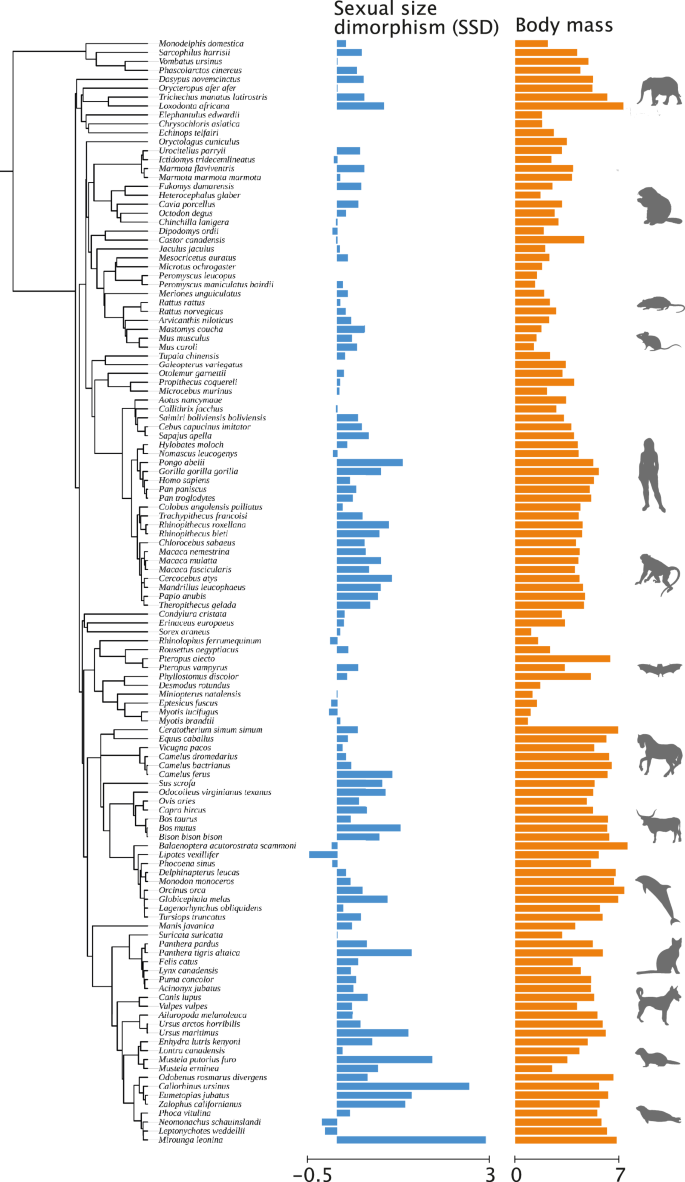2024-07-26 スイス連邦工科大学ローザンヌ校(EPFL)
新しい記憶を形成すると、脳は物理的および機能的な変化、すなわち「記憶痕跡」を経ます。記憶痕跡は、記憶形成時と後の活動パターンと構造変化を示します。しかし、どのニューロンが記憶痕跡に関与するかを脳がどう決定するかについて、エピジェネティクスが重要な役割を果たすことが判明しました。エピジェネティクスはDNA配列を変えずに遺伝子活動を制御する機構です。EPFLのヨハネス・グレーフ率いる研究チームは、エピジェネティクスが記憶形成に影響を与えるかを調査し、クロマチン状態が開いているニューロンが記憶痕跡に選ばれやすいことを発見しました。この研究は新たな学習理解の道を開き、将来的には学習向上のための薬の開発につながる可能性があります。
<関連情報>
- https://actu.epfl.ch/news/how-epigenetics-influence-memory-formation/
- https://www.science.org/doi/10.1126/science.adg9982
クロマチンの可塑性が記憶痕跡形成における神経細胞の適格性を決定する Chromatin plasticity predetermines neuronal eligibility for memory trace formation
Giulia Santoni, Simone Astori, Marion Leleu, Liliane Glauser, […], and Johannes Gräff
Science Published:26 Jul 2024
DOI:https://doi.org/10.1126/science.adg9982
Editor’s summary
Only a small portion of eligible neurons in a certain brain region are available to become part of a memory engram. The mechanism underlying this recruitment of neurons is currently unknown. Santoni et al. addressed this issue by focusing on chromatin plasticity in the lateral amygdala during associative fear learning (see the Perspective by Krabbe). After increasing chromatin plasticity by sparsely overexpressing histone acetyl transferases, neurons with elevated histone acetylation were preferentially enrolled into the engram. This overexpression altered intrinsic excitability of lateral amygdala principal cells, and this was accompanied by increased chromatin accessibility and altered gene expression, mainly of synaptic proteins. These results indicate that a neuron’s epigenetic makeup defines its eligibility to be selected for storing learned information. —Peter Stern
Structured Abstract
INTRODUCTION
During development, epigenetic heterogeneity gives rise to different cell types with different functions. By stably instructing the activation and deactivation of genomic loci to catalyze specific signaling cascades, epigenetic mechanisms play a pivotal role in lineage commitment and cellular differentiation. What remains elusive, however, is whether chromatin plasticity plays an equally important role in the development of dynamic functions in fully differentiated cells, such as adult neurons. One of the most intriguing features of neurons is their capacity for information encoding. Notably, for each new piece of information memorized the brain deploys only a subset of its neurons, implying that even within the same developmentally defined cell type, not all neurons are equally fit for information encoding at any given time.
RATIONALE
The dependence of memory formation on neuronal selection made us ask whether chromatin architecture might be heterogenous enough, among otherwise seemingly homogeneous cellular identities, to drive information encoding. And specifically, whether enhanced chromatin plasticity could be a catalyst force to prime neurons to be preferentially selected for memory formation.
RESULTS
Focusing on the mouse lateral amygdala, a key brain region responsible for the encoding of associative forms of memory, we discovered that its excitatory neurons indeed exhibit heterogeneous chromatin plasticity, and further, that those preferentially recruited into learning-activated neurons were enriched for hyperacetylated histones, an abundant epigenetic modification in the brain. To functionally test this correlation between chromatin plasticity and information encoding, we subsequently manipulated histone acetylation levels by either increasing or decreasing histone acetyltransferases (HATs) in these neurons. We found that a gain-of-function of histone acetylation-mediated epigenetic plasticity facilitated neuronal recruitment into the memory trace whereas a loss-of-function thereof prevented memory allocation.
Interested in the molecular mechanisms underlying this selection, we next performed single nucleus multiome sequencing for the simultaneous assessment of chromatin accessibility and gene expression changes occurring in the epigenetically modified neurons. These results revealed gained chromatin accessibility or increased expression at genomic locations closely related to structural and synaptic plasticity, as well as to neuronal excitability, which has been identified as an important physiological process for information encoding. Accordingly, we found that increasing chromatin plasticity also led to an increase in intrinsic neuronal excitability and promoted structural and functional synaptic remodeling.
For a process to be truly qualified as influencing memory allocation, it should also support memory retention. To this end we tested the HAT-injected mice on Pavlovian fear conditioning, an associative type of memory, and found that they displayed a significantly stronger fear memory—an effect that lasted for up to eight days. Notably, optogenetic silencing of the epigenetically altered neurons prevented fear memory recall, suggesting a cell-autonomous relationship between chromatin plasticity and memory trace formation. Lastly, by combining Förster resonance energy transfer (FRET) tools and calcium imaging in single neurons, we revealed that the nexus between chromatin plasticity and intrinsic neuronal excitability occurs endogenously, cell-autonomously, and in real time.
CONCLUSION
Our findings show that a neuron’s eligibility to be recruited into the memory trace depends on its epigenetic state prior to learning, and thereby identify chromatin plasticity as a novel form of plasticity important for information encoding. A neuron’s epigenetic landscape might therefore represent an adaptable template so as to register and integrate environmental signals in a dynamic, yet long-lasting manner.
Chromatin plasticity favors information encoding.
In the adult brain, neurons pertaining to the same developmentally defined cell type intrinsically display heterogeneous levels of chromatin plasticity, the enhancement of which favours transcriptional and electrophysiological signatures that promote neuronal recruitment into the memory trace.
Abstract
Memories are encoded by sparse populations of neurons but how such sparsity arises remains largely unknown. We found that a neuron’s eligibility to be recruited into the memory trace depends on its epigenetic state prior to encoding. Principal neurons in the mouse lateral amygdala display intrinsic chromatin plasticity, which when experimentally elevated favors neuronal allocation into the encoding ensemble. Such chromatin plasticity occurred at genomic regions underlying synaptic plasticity and was accompanied by increased neuronal excitability in single neurons in real time. Lastly, optogenetic silencing of the epigenetically altered neurons prevented memory expression, revealing a cell-autonomous relationship between chromatin plasticity and memory trace formation. These results identify the epigenetic state of a neuron as a key factor enabling information encoding.



